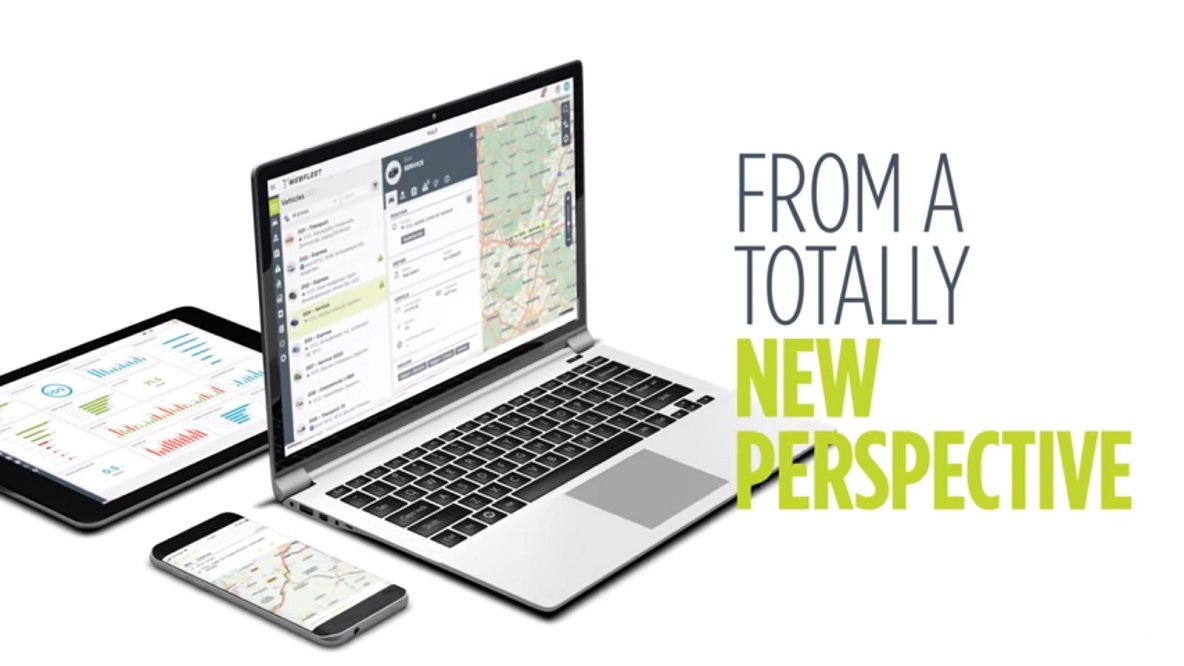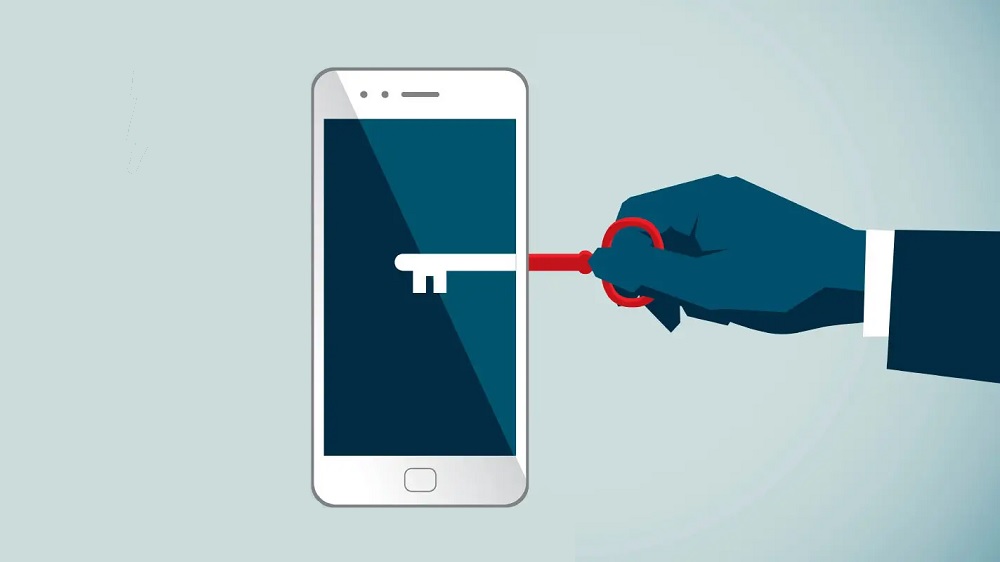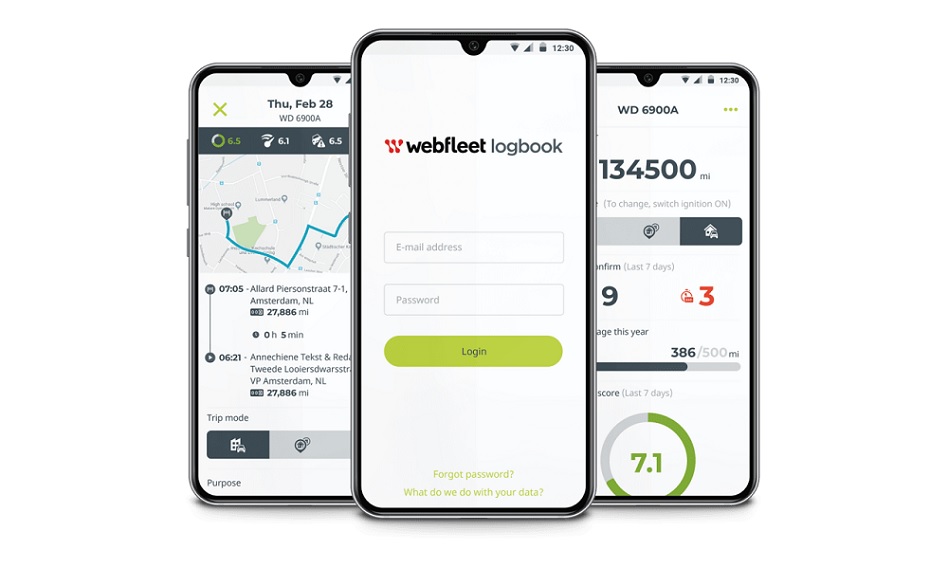
Welcome to The Hub
Your home for the latest news & views from the Communicate Better team.
Gain inspiration, tips & tricks from the experts, and updates on upcoming events & releases.
5 Key Things All Fleet Managers Should Know
Mar 5, 2018
Running a fleet of vehicles is certainly no picnic.
Of course, having smart telematics technology by your side helps simplify matters but that's not all one needs to run a smooth operation.

Here, our friends at TomTom Telematics help clear up any confusion with some must-know nuggets of information.
1. Be proactive in driver safety
When any member of your organisation is driving a car for business purposes, whether they own the vehicle or you do, it is your responsibility to ensure there are policies, procedures and systems in place to keep them as safe as possible. Of course, incidents happen, but when they do, you need to be able to prove that you took all of the reasonable steps to prevent them by keeping accurate records.
So, what are the reasonable steps?
One of the most important things you need to do is make sure that every driver has a licence, is driving a vehicle that is roadworthy (more on that later!), and is appropriately insured. If your employees drive on business, even if it is only once a month, they need to be covered for this on their policy.
You can also profile drivers to identify who would be a bigger risk on the road. You can do this by checking driver behaviour and driving records to see if they have any points on their license. All drivers should have a handbook on driving and should be familiar with your ‘Driving for Work’ policy. For those drivers that are more at risk, you can introduce a training program.
It’s all about ensuring that your employees are safe and healthy, and that they are capable of driving in all conditions. According to Bluedrop Services, 68% of employers do not instruct drivers to slow down to 20mph around schools, homes, and shops. If an incident occurred in these areas because of a driver speeding, then the employer could be held accountable as well as the driver.
Another way you can ensure your drivers are healthy enough to drive is to send them for regular sight check-ups. As an employer, it is part of your duty of care to ensure that everyone in your fleet has adequate eyesight.
2. Ensure ALL vehicles are roadworthy
Vehicles come in all shapes and sizes. There are many different types of cars used for business driving, many types of drivers, and many different ownership models. Whether your cars are owned/leased by your company or your employees, as a business owner YOU are still responsible for ensuring that every single car is safe and roadworthy. There are no exceptions here. If a car is being used for business purposes, even if it is owned by an employee and only used occasionally on business (grey fleet), you are responsible for that vehicle.
What basic steps should you take?
The first step towards making sure you are being accountable for your vehicles is to make a list of all of the cars in your organisation that are being used for business purposes – even if they are owned by employees, and even if they are only used very occasionally.
Next, create a schedule that ensures you can keep an up-to-date record of maintenance checks – including MOT and servicing dates. If you work with a telematics solution, this can help to ensure your cars are well-maintained and checked regularly by recording the mileage and usage of each vehicle, and also flagging up routing maintenance checks that should be performed.
Ensure you do the same with insurance documents for all of your employees that drive on business. As explained above, it is important that they are appropriately covered.

3. Failure to fulfil your Duty of Care can cause big problems
These responsibilities aren’t friendly suggestions, they are legal requirements. And failure to fulfil your duty of care can cause big problems that your small business could do without!
There are a number of pieces of legislation that business owners must take into account, one of which, and perhaps the most serious, is The Corporate Manslaughter and Corporate Homicide Act, 2007. Under this act, the employer’s duty of care is to ensure business vehicles are roadworthy (as discussed above). If you are found in breach of this duty and this results in the death of an employee or other road user, then you could be prosecuted for management failures.
The first case of a company being charged with corporate manslaughter over a driver being killed was in 2015. The company was found guilty of multiple breaches in the Health and Safety at Work Act and ordered to pay £900,000 in damages. For many businesses, this sort of fine would do permanent damage to finances and/or reputation.
4. Compliance keeps costs sown
Keeping your employees mobile is an expensive game, and poor management of your employees and vehicles can not only cause legal, health and safety problems, but it can also be a source of high costs.
Many unknown and unexpected costs can pop up if you don’t have full control over your fleet. Here are just a couple:
- The cost of staff being off work because of an incident
- Heavy fines caused by failed duty of care
- Time lost to managing unexpected repairs
By managing your drivers and vehicles correctly and remaining compliant, you can also bring costs down and keep them down.
5. The benefits of good management
There are more benefits to good management than just keeping costs down and freeing yourself from stress related to legal worries. Good management of work-related road risks can improve employee morale and produce happier, more productive drivers.
As a small business owner, your staff are one of your most important investments so it is important to keep them happy and motivated. One way of doing this is to encourage healthy competition in your fleet. You can organise a prize for the ‘Driver of the Month’ based on who has the best driving statistics.
Another way you can make business improvements while also managing your fleet is to use technology, like a telematics system, to help automate your tasks. Before implementing a system like this, it is imperative that you consult your employees and demonstrate the benefits of the system so that they can understand how this will help them and the business, and also so that they can voice any concerns they may have.
Latest News
Is someone spying on my iPhone? How to stop them
Mar 21, 2022

How to tell if someone is spying on your iPhone - and how to stop them.
Read more5 reasons why your fleet needs a mileage logbook
Mar 16, 2022

Here is why your business needs a Webfleet Mileage Logbook.
Read more4 signs you need to upgrade to a Cloud Phone Solution
Mar 9, 2022

Is your business growing? Here's how a Cloud-based Phone Solution can help you stay ahead of the competition.
Read moreBetter solutions mean a Better business
Keen to explore what we can do for your business? Contact our team today.





